You might have heard of a “Zoom Boom” in cosmetic surgery as a result of the COVID-19 pandemic, and it’s true: Never before have so many of us wanted to do something about the wrinkles, lines, and sagging skin in our faces. Because never before did we spend so much time staring at ourselves on a screen from a new – and sadly not flattering – vantage point. This led to a big spike in demand for facial procedures in 2021 and 2022, from facelifts to non-surgical skin tightening, laser resurfacing, microneedling, dermal fillers & injectables, and more.
In this article we explore all facial rejuvenation options available to you. If you’re ready to speak to a plastic surgeon now, click below to start.
I didn’t know I had so many folds on my neck until I started doing zoom calls!
What to Know About Facial Rejuvenation
That Pesky Neck
The area most often complained about is the neck – with new folds and sagging skin appearing seemingly out of nowhere whenever you tilt your gaze slightly downward at a computer or phone screen, often in poor lighting. “I can’t believe how old my neck looks” is one of the most common complaints we get.
What should – and can – you actually do about your Zoom face (and neck) with those unsightly folds and wrinkles? You are in luck: in addition to the classic facelift that’s been around forever, you now have other less-invasive options.
There are three broad categories of facial rejuvenation options available to you. Each of these we’ll discuss below with respect to their pain level, downtime, recovery, average price point, and how long they’re expected to last. We hope that this gives you a good idea of what to expect from each service. Click on any of the below categories to skip ahead.
Non-Invasive Dermal Fillers and Injectables
These treatments are great to give your face an immediate boost. They are temporary, that’s true, but they are also affordable and quick to administer, which makes it easier to repeat them regularly.
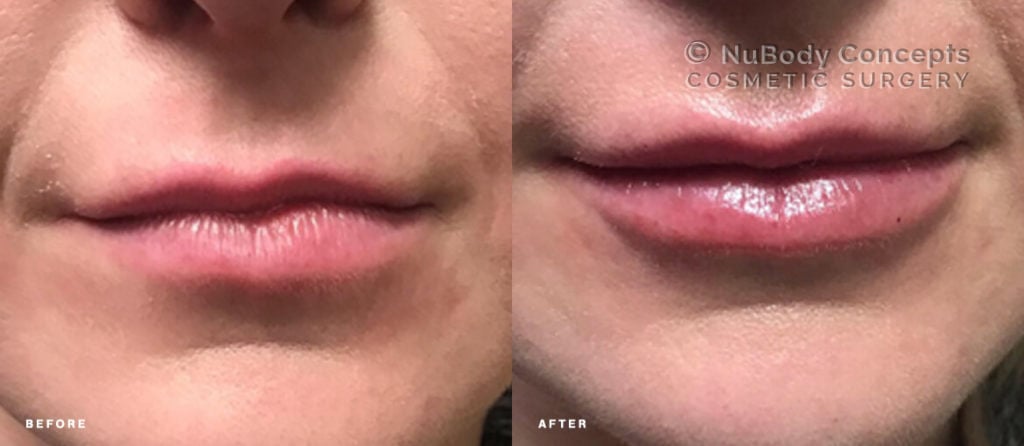
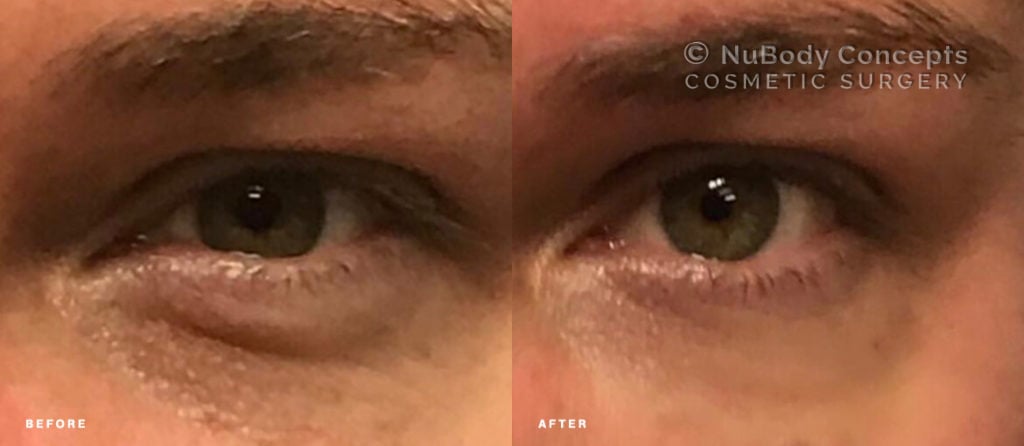
How dermal fillers work
Fillers are injected to plump up certain parts of the face where fuller volume is desirable, such as the lips, the nasolabial folds (on either side of the nose extending down to the mouth), and, increasingly, the area under the eyes. They are made of a synthetic substance (hyaluronic acid or HA) that is comparable to our own fat.
How injectables work
Injectable wrinkle-smoothers such as Botox work differently than fillers. In this case, the injected substance is a tiny amount of toxin that paralyzes the small muscles we use to frown. Temporarily disable those muscles, and you end up with smoother, younger-looking skin.
Downtime/recovery
Injectables require no downtime, meaning after the 20-minute treatment you walk out of the office and can resume regular activities. However, it is recommended to refrain from heavy exercise for 24 hours to avoid any of the injectable shifting away from the injection site.
Pain level
Botox in particular is virtually pain-free as the needle used for it is so tiny you can hardly feel the prick (trust this from someone who doesn’t like needles!). Filler injections can cause a little more discomfort, but have the benefit of lasting longer.
How soon you’ll see a difference
In both cases, it takes a few days for the toxin to work and/or the swelling to go down from the filler injection. You should plan for 3-5 days to see the best effect.
How long results last
Botox injections typically have the best effect if repeated every 3-5 months. However, there is some evidence that the muscles targeted by the toxin can be “trained” so that you may need fewer repeats in the long term. If you think about this, it makes sense. If you never frown, your muscles don’t pick up the “bad” habit, hence fewer wrinkles. This is why starting Botox early as a “preventive” measure has become popular in recent years.
Fillers have a wide range of how long they last before the gained volume slowly dissipates, anywhere from 6 to 24 months depending on the type of filler and patient.
Price point
Botox is typically priced on a per unit basis, i.e. $12/unit. You’ll need 20-50 units depending on which areas you want treated – anything from forehead to the frown lines above the nose to the crow’s feet around the eyes. This takes you to a starting price of $240 per treatment.
Facial fillers have a wide price range from $500-$1,000 per syringe depending on type. A typical lip filler treatment can take 1-2 syringes, while a cheek augmentation can take 2-4 syringes.
Non-Surgical Facelift with Minimally-Invasive Skin Tightening
This has arguably been the most exciting new technology in recent years. Known by the brand names BodyTite/FaceTite and Renuvion, these radio frequency powered devices achieve skin contraction results previously only seen with surgery, but with less downtime and no sutures.
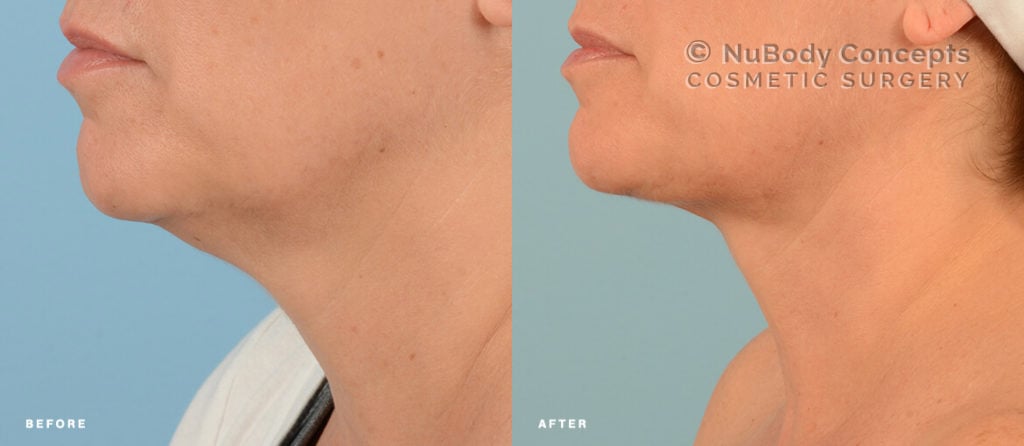
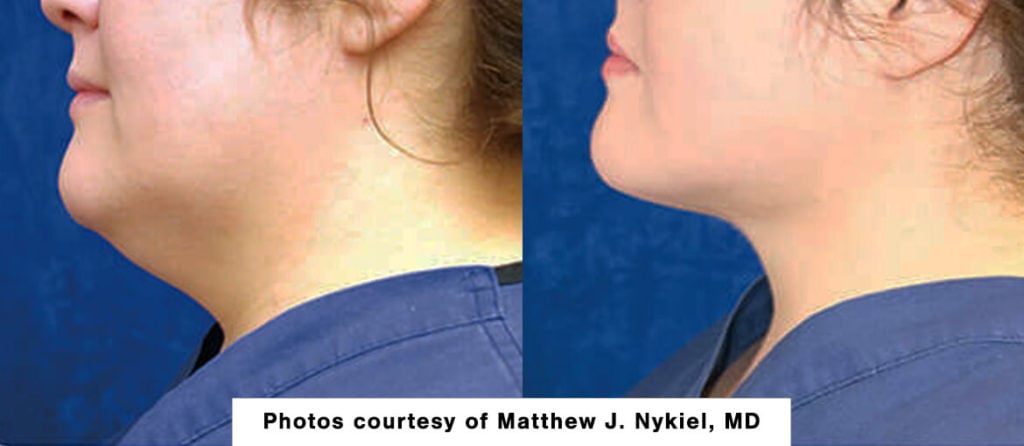
How a non-surgical facelift with tissue contraction works
The technology is powered by radio frequency and goes by the name Radio Frequency Assisted Lipolysis (RFAL), non-surgical skin tightening, or sometimes simply non-surgical facelift. The terminology of skin tightening can be confusing, as there is both non-invasive skin tightening and minimally-invasive skin tightening.
- Non-invasive skin tightening applies radio frequency or ultrasound-powered energy externally to the affected areas. The heat generated by the wand causes contraction of the skin. A minimum of 3 treatments is typically recommended to achieve enough of a tightening effect. Ultherapy, Morpheus, and Exilis all fall into this category of skin tightening.
- Minimally-invasive skin tightening is a much more effective way to achieve noticeable results. The surgeon inserts a wand through several small strategically placed incisions under the skin so that the energy generated form the device can be applied in targeted bursts to the underlying tissues. For the purposes of this article, we will only discuss this form of skin tightening.
Downtime/recovery
Minimally-invasive skin tightening has a fast recovery, medically-speaking – especially compared to a surgical facelift. Most patients can return to regular activities after only a day. However, from a social standpoint, you may want to schedule up to 5 days of recovery in the privacy of your home, until any swelling or bruising has subsided. The procedure itself can take 2-3 hours, depending on the number of treated areas.
Pain level
Inserting the wand under the skin and moving it back and forth can cause slight pain and discomfort. In most cases, the surgeon will first numb the areas of insertion and then administer a local anesthetic via the “wetting solution” used for liposuction. At NuBody Concepts, we now include PRO-NOX pain management with any skin tightening procedure for added comfort.
After the procedure, patients may experience slight discomfort due to bruising and swelling. This typically subsides after 1-2 days.
How soon you’ll see a difference
Patients can expect to see results immediately after the procedure, especially after any swelling has subsided 1-2 weeks post-op. Results will continue to improve for up to 12 months to achieve full skin contraction from 35% to 60%.
How long results last
Just like facelift surgery, non-surgical facelifts produce permanent results – bearing in mind that the body continues to age. What this means is that you will successfully rejuvenate your look, but from that point on you will resume the aging process.
If you had liposuction together with your skin tightening, the fat cells will be permanently gone, but this doesn’t prevent new fat cells from forming should you gain weight going forward.
Price point
A non-surgical facelift using skin tightening can have a wide price range, depending on number of areas and whether liposuction is included. At NuBody Concepts, facial tissue contracture including liposuction starts at $4,900. These prices are all-inclusive.
When comparing prices, make sure you ask what is included in your quote, such as any separate surgeon or facility fees. You can also choose an interest-free medical financing plan from an authorized lender.
Surgical Facelift
If you experience diminished skin quality or a loss of volume in your face, or if your jowls and neck start sagging, and the above methods have proven insufficient, it may be time for a facelift. In most cases, surgery yields the longest lasting and most immediate cosmetic results. Using a scalpel and sutures allows a plastic surgeon to target the treatment area with precision to remove any unwanted fat or skin folds. The downside of course is the longer recovery and higher degree of invasiveness.
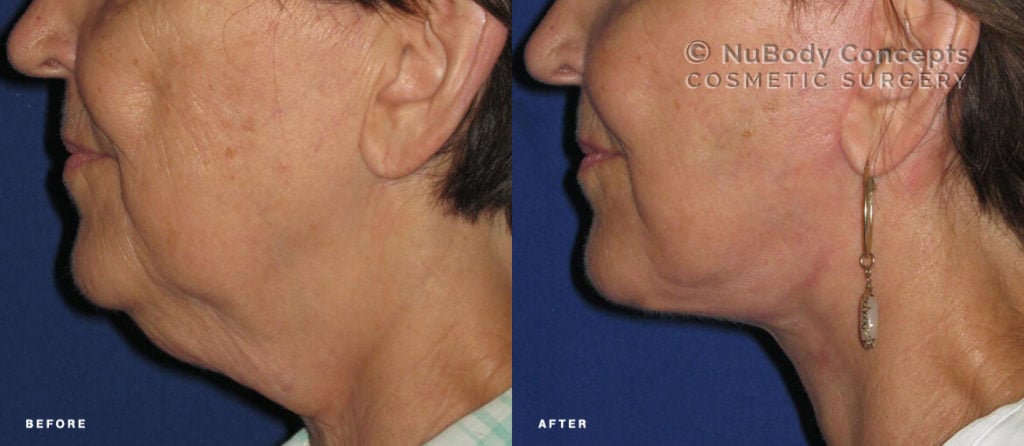
How a facelift works
A facelift is administered under anesthesia. General anesthesia is not necessary; most plastic surgeons operate under IV sedation, which is comparable to the type of sedation you receive for wisdom teeth removal or a colonoscopy. The surgeon then places an incision in the hairline from the temples around the ear to the lower scalp. This allows him or her to remove fat from the face, jowls and neck and reposition underlying tissues and in some cases even muscles. Then the skin is redraped over the lifted contours and excess skin is trimmed away before the sutures are placed.
A facelift is often combined with a neck lift using a second incision under the chin. It can also be combined with non-surgical skin tightening or other facial procedures.
Downtime/recovery
The surgery itself takes about 2 hours under sedation. Afterwards, the surgeon typically places a bandage or compression garment around the head to minimize swelling and bruising, and possibly several drainage tubes for fluid removal. Wound healing can be expected to take place in 3-5 days.
As with any facial procedure, the social recovery – how soon you’ll want to show your face in public – will depend on the level of bruising as well as personal preference of the patient. Having the option of concealing your face inconspicuously behind a face mask has also contributed to the Zoom Boom!
Pain level
During the procedure the IV sedation will prevent any pain. After the procedure, most patients would describe a feeling of discomfort rather than pain. This is caused by the skin stretching tight, which is exacerbated by the post-op swelling, as well as some nerve endings possibly getting damaged during the surgery. This is normal and subsides as the wounds heal and the swelling disappears.
How soon you’ll see a difference
The swelling following the surgery will prevent the best results to be visible immediately. However, this will only last 1-2 weeks, at which point you will be able to see your results on full display. It can take up to a year for any scars to fade, but a skilled cosmetic surgeon will place the sutures so that they are well disguised under the chin and behind the hairline.
How long results last
Among facial procedures and treatments, a facelift achieves the longest-lasting results. No surgeon will tell you that the results are permanent, since strictly speaking this is impossible. Again, nothing can prevent the aging process from continuing, but you will age from a younger-looking starting point, meaning your facelift will give you lasting results.
Price point
At NuBody Concepts in Nashville and Memphis, TN, a surgical facelift starts at $8,500 (with local anesthesias) or $9,700 (with IV sedation). Again, this is an all-inclusive price – no hidden surgeon or facility fees, surcharges, or taxes. Many patients use an interest-free 12-month payment plan from a medical financing provider to make the procedure more affordable.
It is worth bearing in mind that this one-time expense can be somewhat offset by savings from no longer needing repeat treatments such as laser resurfacing, peels, or fillers.
How to Get Started With Facial Rejuvenation
We hope that we have given you a good overview of facial rejuvenation procedures to help you make an informed decision on how to proceed. A word of caution: whenever there is a new trend taking off, everyone wants in on it, leading to an increase in offerings that aren’t necessarily the best options. Not all “Zoom face fixes” out there will be equally effective.
All of the above options are proven treatment options for a younger-looking face that have worked for our patients here at NuBody Concepts. If you are ready to get started, use the pink button to schedule a consultation with our board-certified plastic surgeon in Nashville or Memphis, or simply call us to book your injectable appointment.










